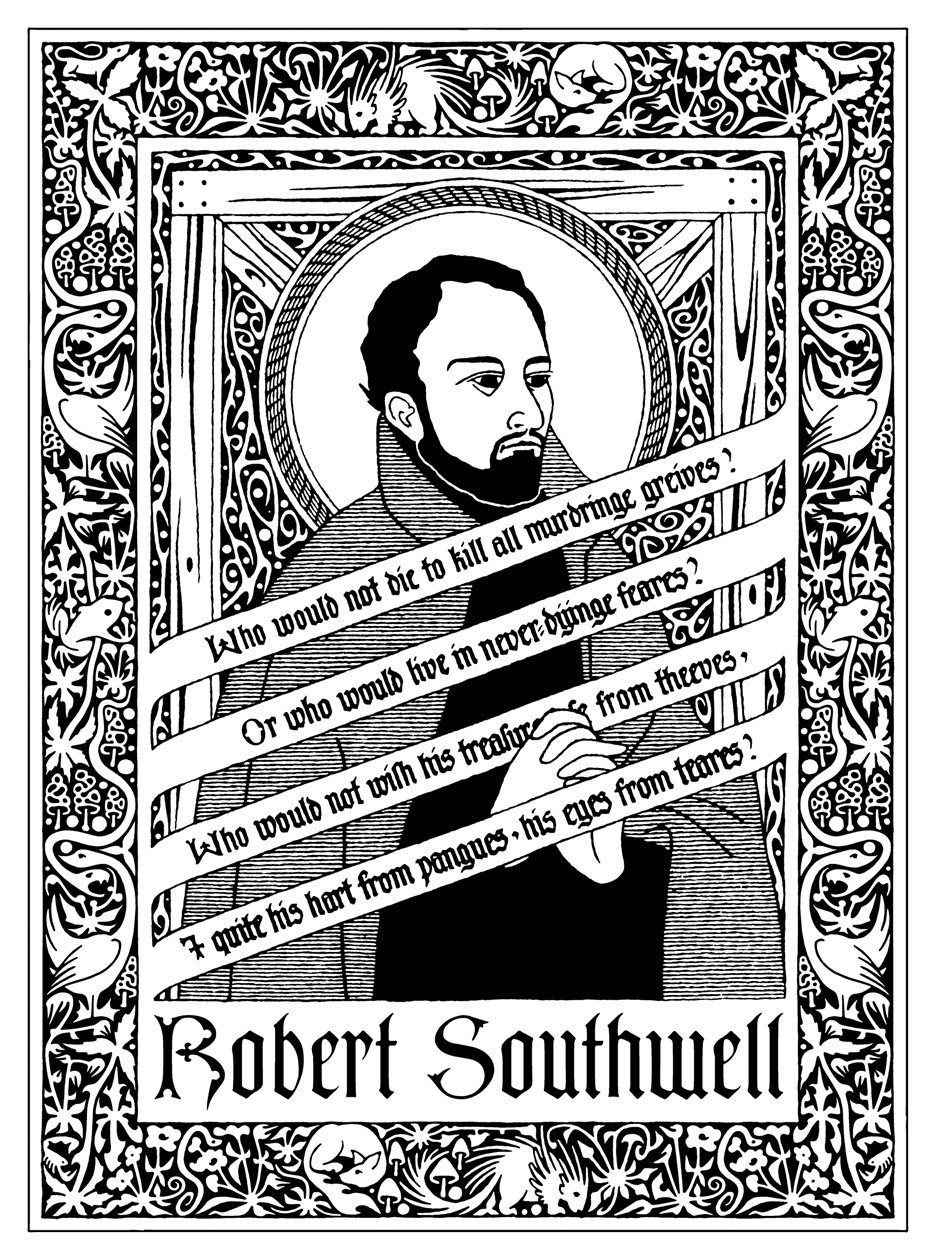Page Summary
- Our “true selves” aren’t determined by whether we are primarily attracted to the same sex or the opposite sex. Labels like “straight” and “gay” rest on a mistaken notion that there is an “essential” orientation apart from the drive to procreate.
- Just because an innocent victim is suffering, it doesn’t automatically mean that the content of the victim’s beliefs are true. We can still validate someone’s distress without validating their beliefs.
- Marriage isn’t for any two people who love each other, because it has a distinctively conjugal character.
- Marriage is still possible for infertile couples, because the openness to unity in the conjugal act is what makes marriage possible, not the successful achievement of conception.
- Both interracial marriage and same-sex “marriage” went from receiving cultural disapproval to approval, but that doesn’t mean they’re equivalent. Skin color has no effect on the possibility of marriage, because an interracial couple can still enter into a one-flesh union.
- See historical receipts for proof of the Church’s consistent acceptance of interracial marriage.
Why is married sex different from sexual activity between two men or two women?
Objections to the previous article
Listen to this article
How can we reject who they really are?
Phrases like “who they really are” and “our true selves” can be confusing. Of course, we don’t reject people like Jason. He has just as much worth as any other person, and nothing can change that. To the extent that bigotry, violence, and unjust discrimination target him as a person, we categorically oppose those injustices and accept the person.
We run into trouble when phrases like “who I really am” refer to a kind of identification based on Jason’s primary sexual attraction, which is perceived to be an essential part of him. In this thinking, everyone has an essential orientation quite independent of the biological drive to procreate. This “orientation essentialism” holds that everyone is “straight” or “gay” or “bisexual” or some other option that defines who they are.1


Guys being dudes?

This view not only mischaracterizes same-sex sexual relationships, but distorts opposite-sex relationships as well. Orientation essentialism can even indicate that straight and gay identities not only cause our conjugal activities and attractions, but all our actions.
Imagine Mike, a guy who watches football and loves his wife because he identifies as a straight, red-blooded, American man. Does he love his wife because of who she is, or because of who he thinks he is?
Another version applies equally for men’s rights activists who claim that marriage is bad for men. In this variant, a man’s “true” identity (“who he really is”) is to be promiscuously heterosexual, avoiding commitments.
Both of these caricatures of masculinity include a kind of orientation essentialism, and so they have more in common with LGBT advocates than they might think. Orientation essentialism shifts the focus of love away from the other person’s good and toward our own identity-proclamation.
One final example: Brian’s orientation doesn’t conform to either the same sex or the opposite sex. He is only attracted to one other individual, Charlotte. Orientation essentialists might describe Brian’s identity not as a “heterosexual”, but as a “solosexual”. If someone were to say to him, “there’s plenty of fish in the sea”, he might feel like that was a “solophobic” rejection of his identity.
Would he really be choosing to love her or just propelled in this one direction by the irresistible internal force of his “identity”? If Charlotte doesn’t feel the same way about Brian, effectively eliminating his only romantic option, would she be rejecting who he really is? Is she obligated to love him back in order to affirm Brian as a person?
Love isn’t dominated by this mysterious power. It’s an active choice, which includes feelings, but depends on the kind of relationship and the mode of being present to the other. “Who we really are” doesn’t depend on our “essential” orientation. Jason is the same person no matter how his attractions are directed.
None of us is really “gay” or “straight”.
Isn’t it unfair to deny them access to marriage after everything they’ve suffered?
Jason’s suffering really matters in its own right, but there are various ways to care for another’s suffering. Validating people’s distress doesn’t have to mean validating their beliefs.
For example, some Catholics in post-Reformation England, like St. Robert Southwell, were tortured and executed for being Catholic. When he wrote An Epistle of Comfort, Southwell expressed a sentiment that might actually be shared by today’s LGBT advocates:

Rack us, torture us, condemn us, yea grind us: your iniquity is a proof of our faith.
As boldly poetic as the sentiment might be, it doesn’t prove that Southwell’s Catholic faith ought to be believed instead of the Anglican tenets of his persecutors, simply on the basis of his suffering. If someone today didn’t want to accept the Catholic faith, they wouldn’t have to also endorse religious persecution. It’s logically possible to defend Southwell from persecution without automatically believing he was right about everything.
When victims persist in a claim in spite of suffering, it isn’t proof that the claim is true, it’s evidence that the claim is sincere. Sincere, suffering people deserve at least two responses: first, to have their suffering treated compassionately and second, to have their sincere claims examined for truth on the merits of the claims themselves.
Shouldn’t marriage be available for any two people who love each other?
Marriage isn’t for everybody, such as two adult siblings who love each other, or an adult daughter and mother. Marriage has a distinctive, sexual character. The conjugal love that constitutes marriage is different than the physical relationship that is possible in a same-sex relationship. Same-sex couples simply don’t want conjugal love with someone of the opposite sex. So it’s not accurate to say that marriage is denied to same-sex couples, the way that voting might be unjustly denied to a citizen who is capable of voting.

St. Robert Southwell suffered greatly, but that doesn’t prove him right.
(artwork by Daniel Mitsui, used with permission)
Is marriage also impossible for infertile opposite-sex couples, since they can’t have kids either?
No, because an infertile couple is still capable of completing the conjugal act, which is open to life by its nature, even if conception is impeded by particular medical circumstances. While procreation is the end of the conjugal act (and shouldn’t be refused before, during, or after the act takes place), it isn’t identical with the act itself. The openness to unity in the act is what makes marriage possible, not the successful achievement of conception. On the other hand, if a couple is not capable of completing the conjugal act because of lifelong impotency (in contrast to infertility) that existed before the wedding, then they would not be capable of marrying, similar to a same-sex couple.
What about interracial marriage?
After all, couples of different races were similarly discriminated against for most of American history, and yet their marriages are now recognized as equal with couples of the same race. Aren’t same-sex couples in a similar situation?
The basic difference between male (the capacity to generate in another) and female (the capacity to generate in oneself) makes marriage possible. Skin color, language, nation of origin, and culture have no effect on the possibility of marriage, because a woman with any combination of these attributes can still enter into unity with a man with any combination of these attributes.2
Didn’t the Catholic Church once oppose interracial marriage before it was legally accepted, just as it still opposes legal recognition of same-sex relationships?
The Catholic Church actually has a history of defending interracial marriage that extends back centuries before the question of same-sex marriage became prominent. For all the problems introduced by colonialism, interracial marriages between Aztecs and Spaniards were recognized as valid. In 1921, a Catholic priest named James Coyle was murdered by the KKK because he officiated an interracial wedding. Most remarkably, in Loving v. Virginia, the 1967 Supreme Court case that overturned bans on interracial marriage, Catholic bishops filed the only amicus brief from religious leaders on behalf of Mildred and Richard Loving. In their argument, they quoted a bishop writing in 1843!

In some states, marriage between whites and Negroes is prohibited by law and considered invalid. However, they are valid by ecclesiastical law so long as the impediment of servile condition does not occur. If some wish to enter such a marriage, they cannot be forbidden the sacraments because of a legal prohibition or public opinion since they are exercising a natural right which the Church in no way prohibits.
Bishop Francis Kenrick3


So what are they supposed to do with their lives if they can’t get married? Are they just supposed to remain alone?
No one can live without love, and no one is meant to be alone. Everyone has some longing for connection, whether primarily attracted to the same sex or the opposite sex. Those desires are fundamentally good! But eros isn’t the only way to answer those desires. It wouldn’t be enough on its own, even if it was a possibility. Intentionally cultivating other forms of deep friendship can satisfy our desires for connection, instead of assuming that the highest love can only be erotic and has to result by default in either marriage or a sexual relationship. These alternative ways of living in community might be unique to the individual, depending on time and place. People who tend to be attracted to members of the same sex can make the biggest difference in discovering walks of life in which to love and be loved.
Contact Us to find a community that can help. (search keywords: gay, lesbian, homosexual)
1) Michael Hannon, “Against Heterosexuality,” First Things, March 2014. https://www.firstthings.com/article/2014/03/against-heterosexuality
2) The only possible exception to this would be language, as it would seem to be necessary for the couple to communicate, and therefore have a common language. This case actually helps illuminate the reasoning behind the insistence on unity, which renders same-sex marriage impossible. The couple must be able to be united in its basic understanding of the words they are saying to each other, just as a couple must be able to be united in one flesh. There isn’t a direct analogy, though, since linguistic similarity is what makes the first kind of unity possible, whereas sexual difference is what makes the second kind of unity possible. On the other hand, it isn’t strictly necessary for the man and woman to actually speak the same language to be united. If the man merely understood the woman’s language (e.g. American Sign Language) and she understood his by lip-reading his English speech, as uncommon as that might be, it would be sufficient to enable unity.
3) Francis Kenrick, Theologiae Moralis, III, p. 334 (1843), quoted in Leonard, Theology and Race Relations, p. 157 (1963). Cited in Loving v. Virginia. Brief amicus curiae of John J. Russell, Bishop of Richmond, et al. 16 February 1967.

